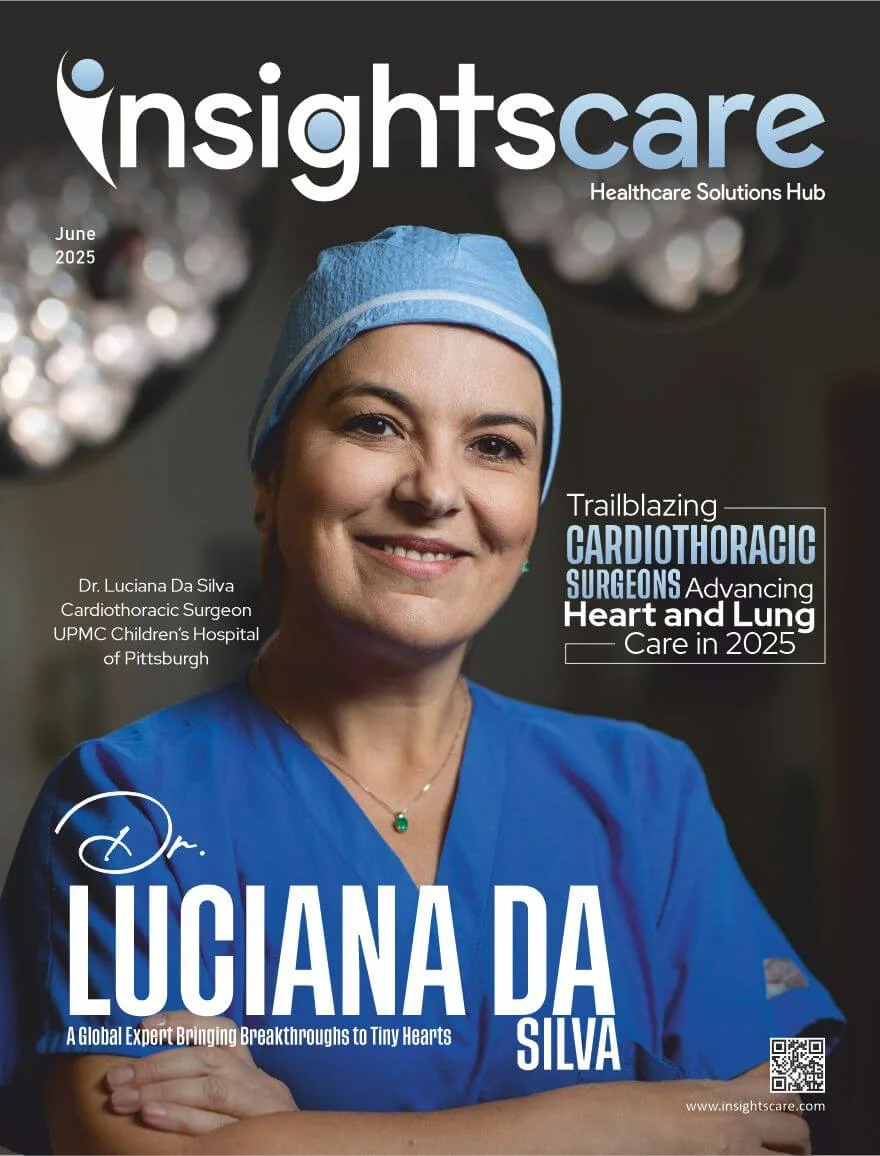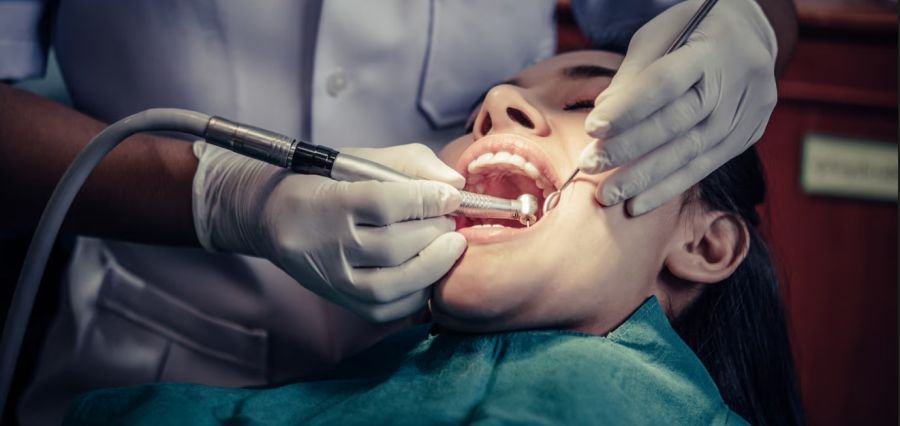Have you ever had a toothache so bad that it made eating, speaking, or even sleeping feel impossible?
Dental problems are something most people face at some point, and sometimes the solution is removing a tooth to protect their overall health. While the idea of extraction can sound intimidating, understanding the process makes it less frightening and far more manageable.
This article will guide you through everything you need to know about dental tooth extractions for better oral health.
Reasons for Tooth Extractions
Dentists remove teeth when decay or damage is too advanced to repair. Infections that spread deep into the root can also make extraction the safest option. Sometimes teeth are taken out to prepare for braces or other treatments that need more space.
Wisdom teeth are another common reason for removal. These molars can grow in the wrong direction or stay trapped under the gums. If left untreated, they may lead to swelling, pain, or infection in the mouth.
Types of Extractions
Simple extractions are performed when the tooth is visible and easy to reach. The dentist uses special tools to loosen the tooth and gently remove it. This type of procedure often heals faster and with less discomfort.
Surgical extractions are needed when a tooth is broken or impacted under the gum. In this case, the dentist may cut the gum or remove small amounts of bone. This method takes more time but is often the only way to safely remove the tooth.
If someone wants to get it out in a calm, controlled setting, they’ll find caring expertise in Chandler, AZ that’s designed to make tooth removal feel smoother and more reassuring.
What Happens During the Procedure
Before an extraction begins, the dentist numbs the area with local anesthesia. This prevents pain but allows patients to feel pressure during the procedure. For more complex cases, sedation or general anesthesia may also be used.
The dentist then loosens the tooth using dental instruments. Once the tooth is removed, the area is cleaned to prevent infection. Stitches may be placed if the gum tissue needs extra support to heal.
Recovery and Aftercare
Recovery starts with resting for at least the first day. Patients are often advised to bite down on gauze to stop bleeding and form a clot. This clot is important for proper healing and protection of the exposed bone.
Aftercare also includes avoiding certain activities. Using a straw or smoking can dislodge the clot and cause a dry socket. Eating soft foods and following the dentist’s cleaning instructions helps reduce pain and speed recovery.
Long-Term Oral Health Benefits
Tooth extractions can remove the source of chronic pain. By removing infected or damaged teeth, the mouth is protected from more serious issues. This can also help nearby teeth stay stronger and healthier.
When wisdom teeth are removed, future problems are often avoided. These molars can push other teeth out of place if left alone.
Healthy Smiles Begin Where Pain Ends
Good oral health is not just about brushing and flossing, it is also about making choices that protect your long-term comfort and confidence. Tooth extractions, while not always the first option, can prevent more serious problems and allow your mouth to heal in healthier ways. Embracing dental care as part of your well-being makes a big difference in everyday life.
A stronger, pain-free smile is worth every step. Choosing care today ensures comfort and confidence tomorrow.
Did you find the information in this article helpful? If so, be sure to check out our blog for more valuable resources.










